1,8-Diazabicyclo[5.4.0]undec-7-ene 500G UN 3267 8/PG 2, Each
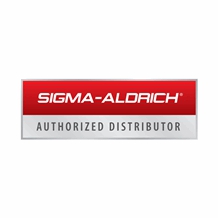
|
|
Details:
Specifications Synonyms: 2,3,4,6,7,8,9,10-Octahydropyrimidol[1,2-a]azepine; DBUCAS Number: 6674-22-2Formula: C9H16N2Formula Weight: 152.24Linear Formula: C9H16N2MDL No.: MFCD00006930Purity: 0.98Boiling Point: 80-83 C/0.6 mmHg(lit.)Density: 1.018 g/mL at 25 C(lit.)Refractive Index: n20/D 1.522-1.524(lit.)Beilstein Registry Number: 508906EC Number: 229-713-7UNSPSC Code: 12352302Features and Benefits: Strong hindered amine base.General description: 1,8-Diazabicyclo[5.4.0]undec-7-ene is a bicyclic amidine base. It is non-nucleophilic, sterically hindered, tertiary amine base in organic chemistry. It is reported to be superior to amine catalyst in Baylis-Hillman reaction. It promotes the methylation reaction of phenols, indoles and benzimidazoles with dimethyl carbonate under mild conditions.Application: Used in a new synthesis of the ABCD ring system of Camptothecin.Application: 1,8-Diazabicyclo[5.4.0]undec-7-ene (DBU) may be used:. as catalyst for carboxylic acid esterification with dimethyl carbonate . in the synthesis of duocarmycin and CC-1065 analogs . as catalyst in aza-Michael addition and Knovenegal condensation reaction. as base for dehalogenation of halogenated Diels-Alder adducts and the resulting activated 2,4-dienones were subjected to regio- and stereo-directed Michael additions, using Yamamoto′s reagent (CH3Cu · BF3). in a new synthesis of the ABCD ring system of CamptothecinApplication: 1,8-Diazabicyclo[5.4.0]undec-7-ene may be used as an catalyst for the dissolution and activation of cellulose by a reversible reaction of its hydroxyl groups with carbon dioxide. This dissolved cellulose system can be derivatized to form cellulose mixed esters.RIDADR: UN 3267 8 / PGIIWGK Germany: 2Flash Point(F): 240.8 FFlash Point(C): 116 CR Codes: 22-34-52/53S Codes: 26-36/37/39-45-61IOD Codes: CSymbol: GHS05, GHS06Signal Word: DangerHazard Statements: H290-H301-H314-H412Precautionary statements: P273-P280-P301 P310-P305 P351 P338-P310
Additional Information
| SKU | 5176023 |
|---|---|
| UOM | Each |
| UNSPSC | 12352002 |
| Manufacturer Part Number | 139009-500G |
| CAS Number | 6674-22-2 |
| Is Hazardous | Yes |
| HS Code | 29335990 |
|---|---|
| UN Number | UN3267 |
| Proper Shipping Name | 1,8-Diazabicyclo[5.4.0]undec-7-ene |
| Packaging Group | II |
| Hazardous Class | 8 |
| Label |  |
| Molecular Formula | C9H16N2 |
| EC Number | 229-713-7 |
| Hazard Statement | H302+H312-H290-H301-H314-H412-H225-H302-H335-H351-H318-H402 |
| Precautionary Statements | P273-P280-P301+P310-P305+P351+P338-P310-P210-P260-P370+P378-P403+P235-P260h-P301+P330+P331-P303+P361+P353-P501a-P264-P270-P301+P330+P331+P310-P303+P361+P353+P310+P363-P304+P340+P310-P305+P351+P338+P310-P405-P501 |
| Risk Statements | 22-34-52/53-35-40-37-19-11-67 |
| GHS | GHS02,GHS08,GHS06,GHS05,GHS07 |
| GHS (Pictogram) | 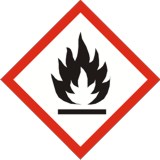 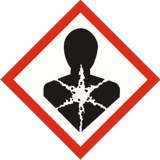 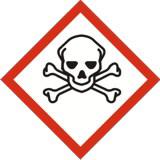 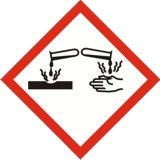  |
| Safety Statements | 26-36/37/39-45-61-27-16 |
| Hazard Code | C,F |
| Signal Word | Danger |

